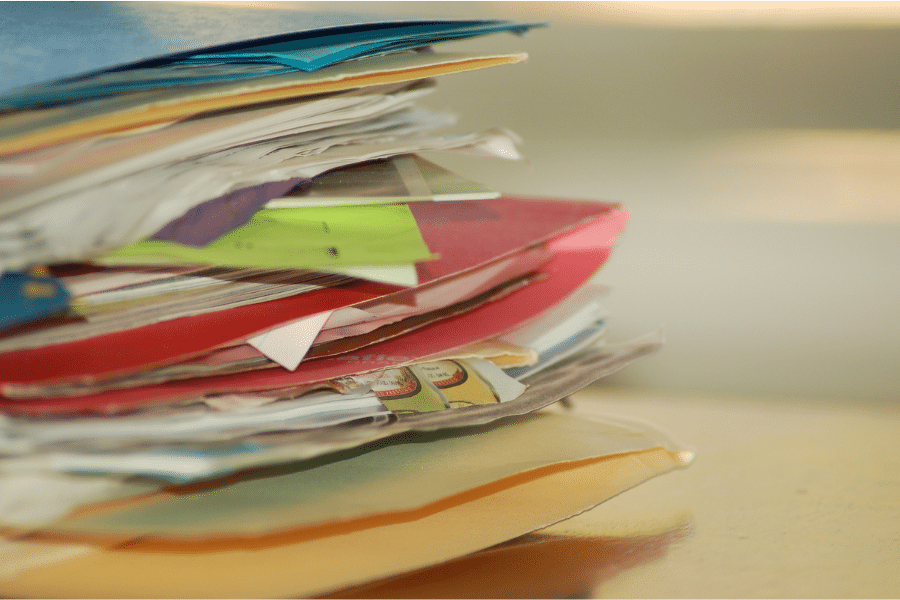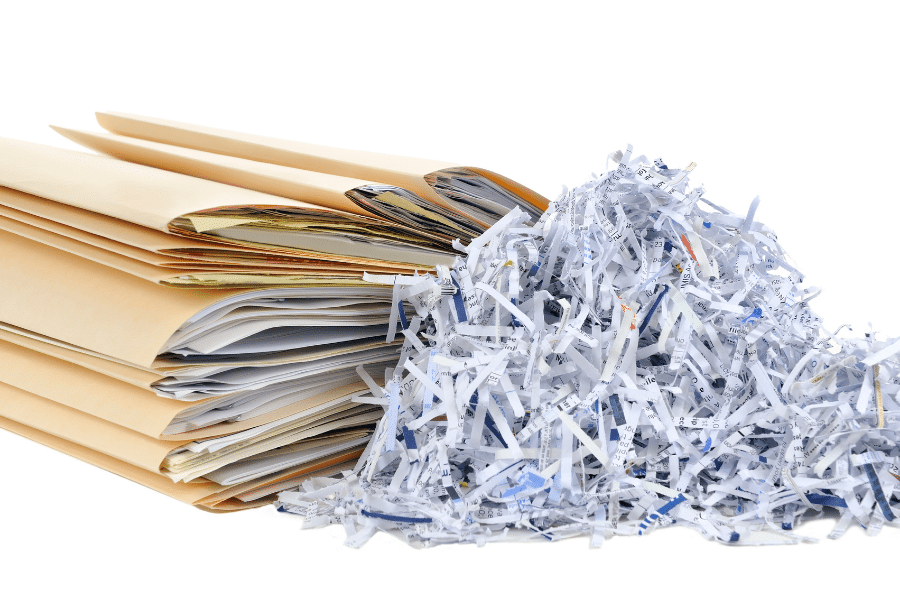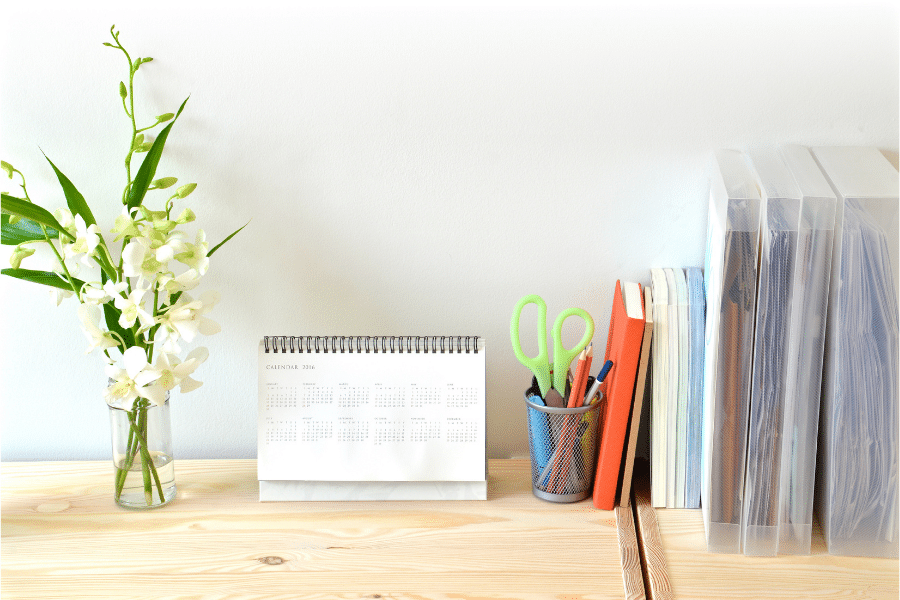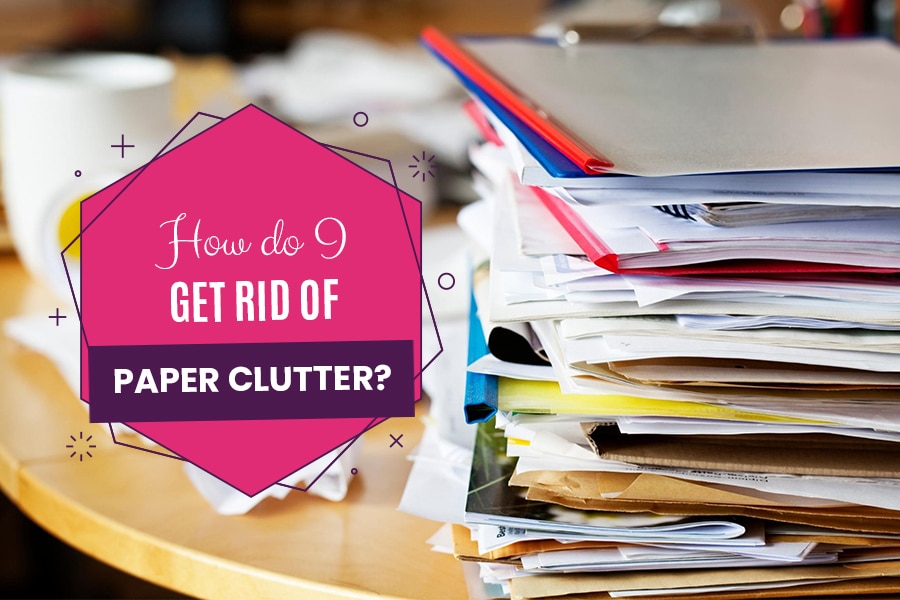Paper clutter takes up space, creates stress and makes it harder to locate the documents you actually need. Excess paper also results in unnecessary environmental harm. It detracts from the appearance of your home or office as well. Fortunately, there are several effective ways to reduce, organize and avoid paper clutter.
1. Prevention
Try to limit the amount of paper that reaches your desk to prevent buildup. If you receive unwanted mailings, ask the organizations or companies to remove your address from their mailing lists. Think about switching to online statements, coupons, bills and publications whenever possible. Some retailers give customers the option to receive their receipts via email instead of printing them on paper. Only print documents when it’s absolutely necessary.

If you often write notes on pieces of paper, consider using a mobile app or an internet-based service like Evernote instead. Another option is to create a computer document file for notes and put a shortcut icon for it on your desktop. If you really prefer writing on paper or find it time-consuming to manage notes on an electronic device, consider writing everything in a weekly planner booklet.
2. Decluttering
Try not to allow paper documents like bank statements and receipts to accumulate. Process, sort or discard them as quickly as possible. Set aside a single place or container that you’ll use to store papers until you’ve processed them. Don’t hide them or leave them scattered in different parts of your home or business. Choose a visible location that reminds you to sort new documents regularly.
One way to eliminate existing papers is to scan them and store the images on a computer (or removable media). You’ll be able to print them out if you need them again. However, it’s vital to keep the equipment in a secure location and use up-to-date antivirus software to protect confidential data.

After you digitize a document or choose to discard it, you’ll have to decide what to do with the paper. If it doesn’t contain confidential information, put it in a recycling bin. Otherwise, strongly consider using a shredder or shredding service. Strip-cut shredders provide limited security; micro-cut and cross-cut models destroy documents far more thoroughly. Many recycling programs don’t accept shredded paper.
3. Organization
After you’ve banished the papers you don’t need, it’s best to store the remaining documents in an organized way. One option is to sort them into folders and keep them in a file cabinet. Consider looking for a cabinet that’s the same height as your desk; you can use the top surface to expand your work area. If you need a more affordable solution, shop for cardboard filing boxes.

While this process demands some effort and at least a little cash, it’s definitely worthwhile. You’ll be able to concentrate on tasks more easily, and it won’t be as hard to find specific documents. Likewise, you can feel good about reducing your environmental impact and having a more organized work area with greater visual appeal.


I hate to miss my deadlines in college, but sometimes life brings its adjustments. At such moments, I can barely find time to eat, not to mention college weird tasks. Therefore, the only way to survive and keep on studying is to use the boostmygrades service.